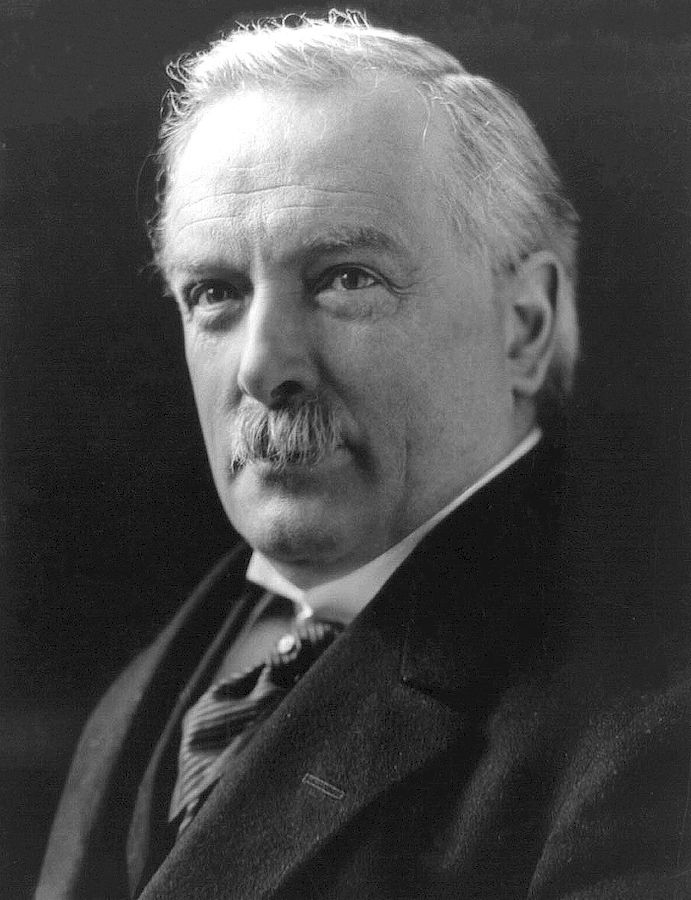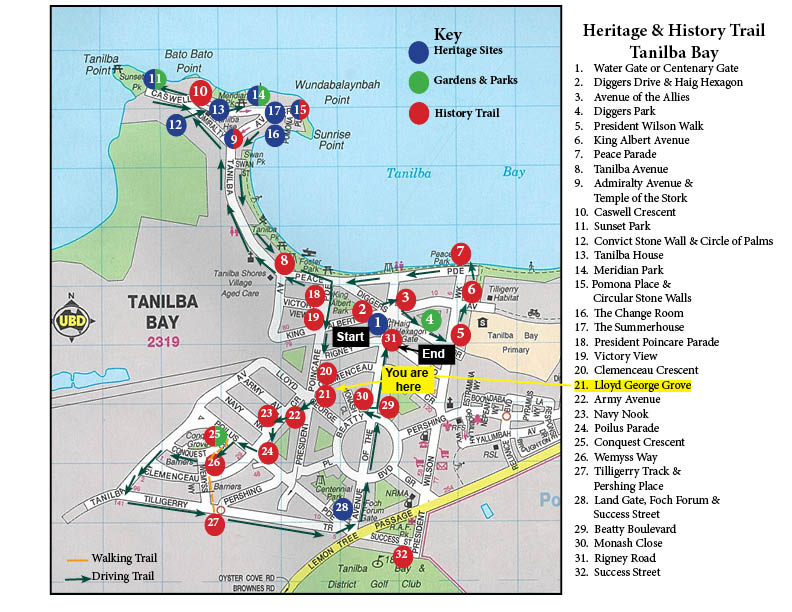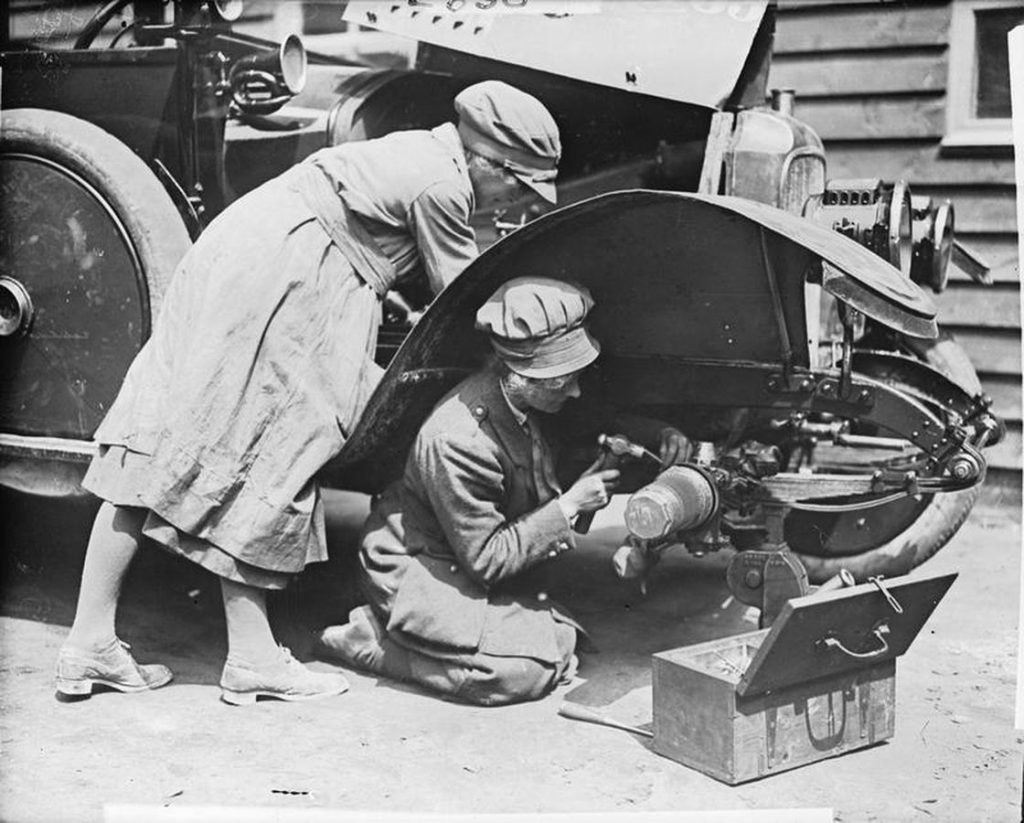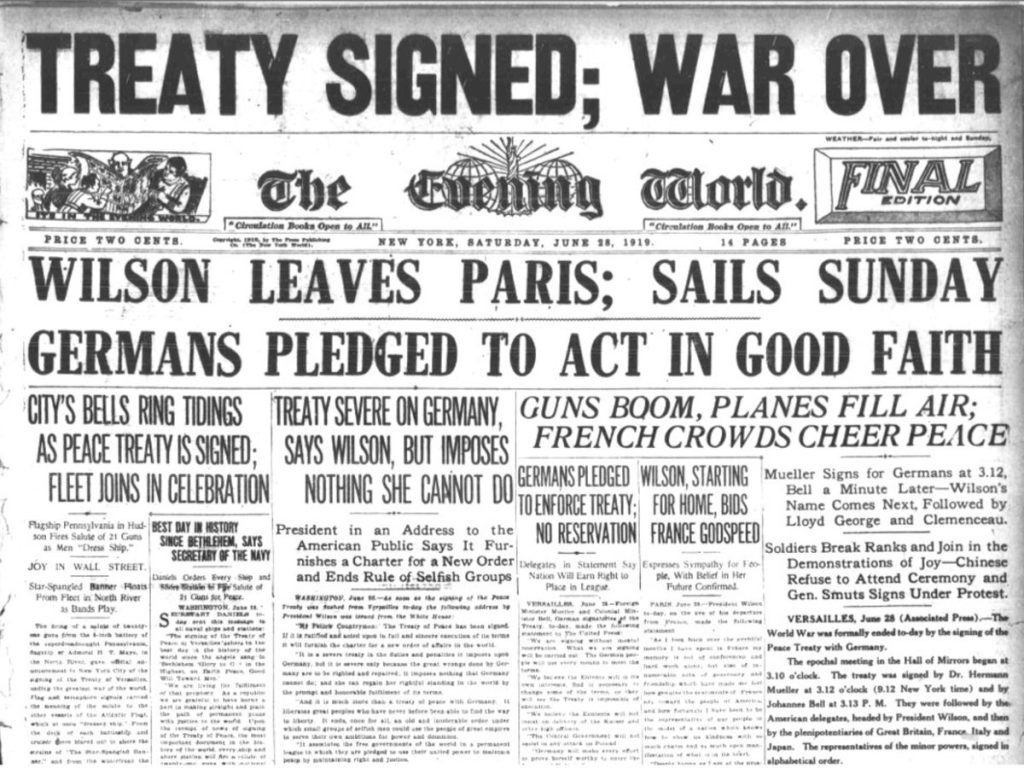Your cart is currently empty!
lloyd george grove
His leadership style was marked by energy and dynamism.
Lloyd George Grove
Lloyd George Grove commemorates the pivotal role of David Lloyd George, a central political figure during World War I. Serving as Prime Minister of the United Kingdom from 1916 to 1922, Lloyd George navigated Britain through the challenges of the Great War with dynamic leadership and innovative governance.


Lloyd George’s Legacy as Prime Minister During WW1
His administration implemented crucial measures to support the war effort, including conscription and social welfare programs. At the same time, his speeches rallied public support and articulated a vision for a just post-war world.
Lloyd George’s legacy extends beyond wartime leadership, encompassing his contributions to social reform and international diplomacy, making Lloyd George Grove a fitting tribute to his enduring impact on British history.
The photograph shows British Liberal Party statesman David Lloyd George, 1st Earl Lloyd-George of Dwyfor (1863-1945) who served as Prime Minister from 1916-1922. The Library of Congress 1915 Source: Wikimedia CommonsAustralia Navy during WW1 Source: Wikimedia Commons Public Domain.
Appointment as Prime Minister (1916)
Lloyd George became Prime Minister on December 7, 1916, succeeding Herbert Henry Asquith. His appointment came during a critical phase of the war, and his leadership style was marked by energy and dynamism.


British War Cabinet including Churchill and Hari Singh the Maharaja of Jammu and Kashmir 1944. Unknown source. Source: Wikimedia Commons Public Domain.
War Cabinet and Coalition Government
Lloyd George formed a coalition government that included members from both the Liberal and Conservative parties. This unity was considered essential for managing the war effort effectively. He established a War Cabinet, which allowed for more efficient decision-making regarding military strategy and wartime policies.
Women in the First World War Medicine: VAD (Voluntary Aid Detachment) fitters at work on a car at Etaples.Imperial War Museum. Source: Wikimedia Commons Public Domain.
Management of the War Economy
Lloyd George played a crucial role in mobilising the British economy for the war. He worked to increase war production, implemented economic controls, and coordinated resources to support the war effort. His efforts contributed to the effective functioning of the British war machine.


Council of Four at the WWI Paris Peace Conference, May 27, 1919 (candid photo) (L – R) Prime Minister David Lloyd George (United Kingdom) Premier Vittorio Orlando (Italy), French Premier Georges Clemenceau, President Woodrow Wilson (USA) US Signal Corps photo 27 May 1919. Source: Wikimedia Commons Public Domain.
Coordination with Allies
Lloyd George actively participated in Allied conferences, including the Paris Peace Conference in 1919, where the post-war settlement was negotiated. He collaborated closely with other Allied leaders, such as French Prime Minister Georges Clemenceau and U.S. President Woodrow Wilson, to shape the terms of the peace.
Mr Lloyd George, Sir Douglas Haig, General Joffre and M. Thomas, Minister of Mun, Bestanddeelnr. Dutch National Archives. Source: Wikimedia Commons Public Domain.
Military Strategies
Lloyd George was involved in shaping military strategies, but his relationship with some military commanders, particularly Sir Douglas Haig, was at times strained. He favoured a more cautious approach and sought to avoid unnecessary casualties.


A newspaper article after the Treaty of Versailles was signed. Source: Wikimedia Commons Public Domain.
Post-War Settlement
Lloyd George played a significant role in negotiating the Treaty of Versailles in 1919, marking the formal end of World War I and imposing harsh terms on Germany. This treaty also laid the groundwork for the League of Nations, a precursor to the United Nations. Throughout the war, Lloyd George’s leadership was characterised by a pragmatic and energetic approach, guiding the nation with vigour and adaptability.
However, despite his instrumental role in leading the country through the war, his post-war political career faced domestic challenges. Economic difficulties and tensions within the coalition government marred his tenure, ultimately leading to his resignation as Prime Minister in 1922.
Discover, Share, Preserve: Your Port Stephens research matters!
Interested in learning more about your history? Share your research with us or explore our publications in our shop. Your part in history awaits!
